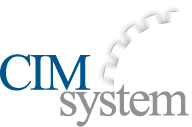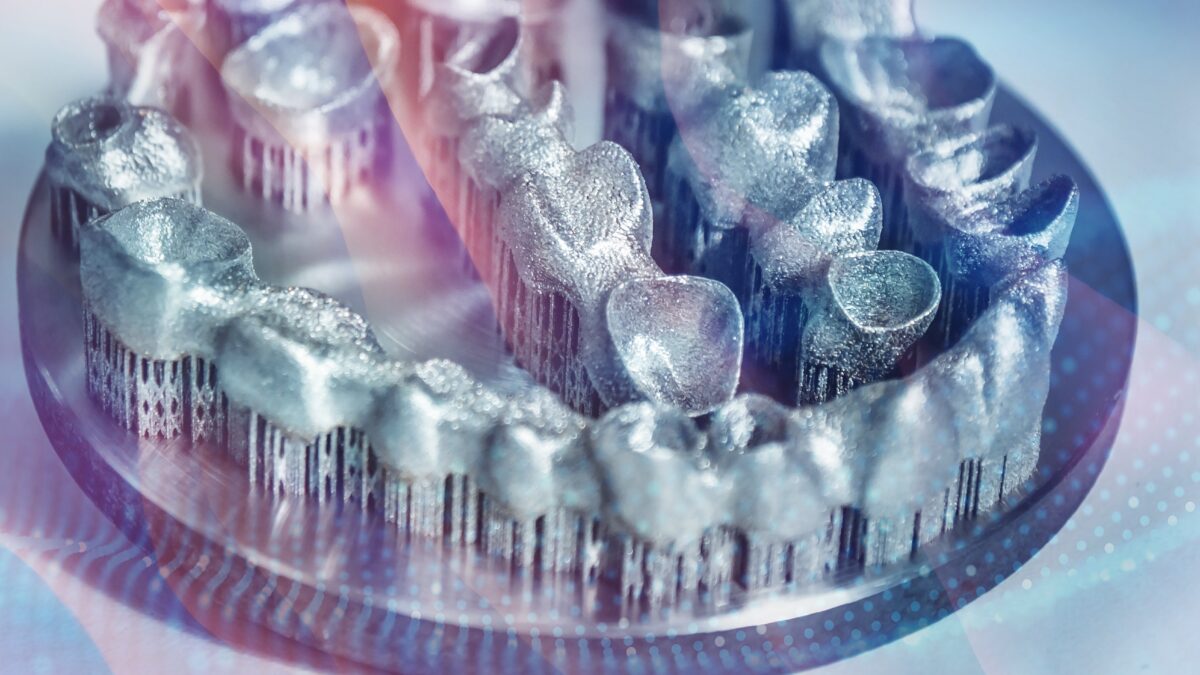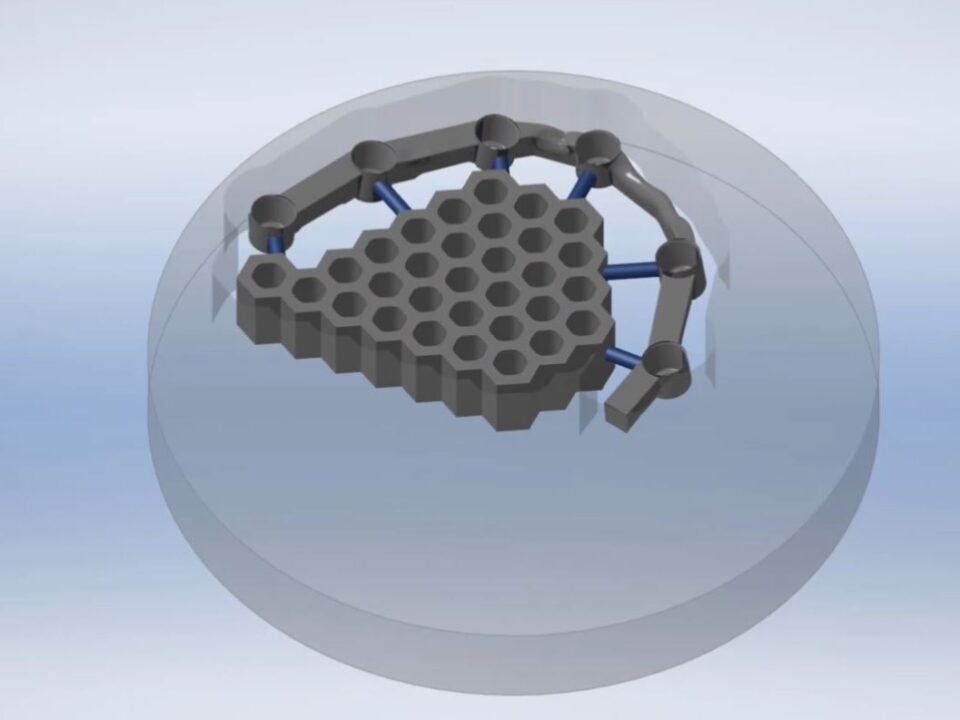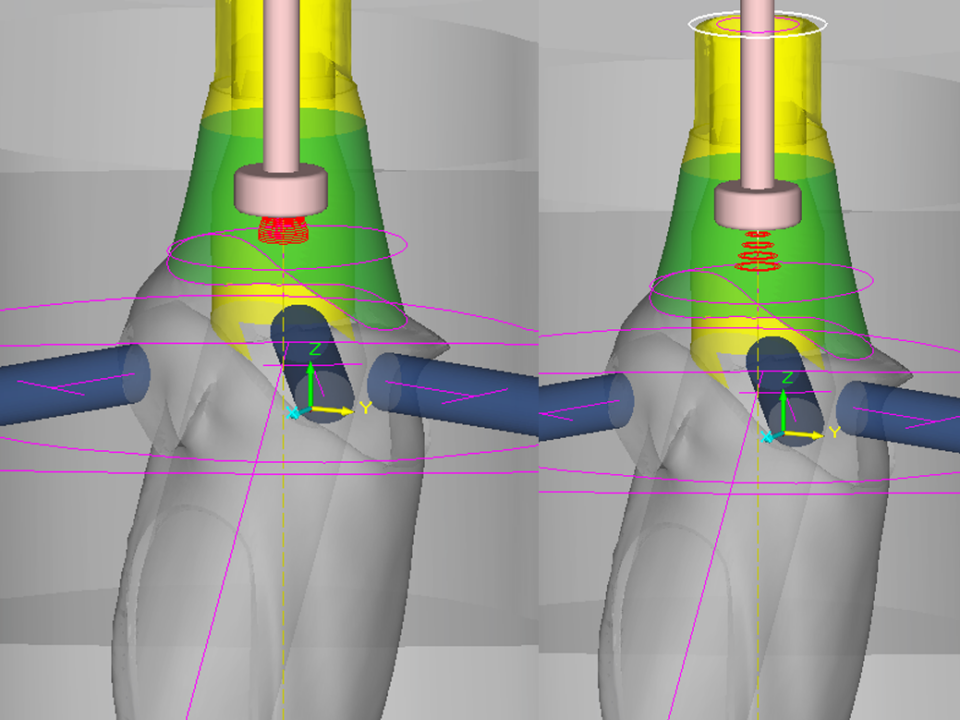In recent years, digitalization has made an impact on almost every industry, including dental manufacturing. Advanced 3D systems are now increasingly being used to assist with the design and creation of various dental restorations and equipment. 3D scanning of a patient’s morphology captures critical details, providing precise information about the shape of the mouth and occasionally revealing secondary clinical conditions. Computer-aided design (CAD) uses the scanned image and creates 3D models that can be modified based on user actions and can simulate the potential outcome. 3D printing application is a safe and effective additive manufacturing method that can produce high-quality parts. The adoption of additive manufacturing in the dental sector has accelerated the digital transformation of dental restoration production, delivering undeniable benefits to patients.
· Why Choose Additive Manufacturing process
When discussing 3D printing in dental applications, it’s also important to consider traditional manufacturing methods, such as milling. What factors should be taken into account when choosing between these two technologies?
First, let’s compare these technologies in terms of metal alloy use and production volume. 3D printing, or additive manufacturing, is especially cost-effective due to its ability to produce multiple items simultaneously, creating multiple parts on the same build plate at once. Milling, on the other hand, typically uses a tool to remove material on restorations one-by-one, resulting in longer production time. The absence of the need to purchase tooling is a benefit of 3D printing that translates to lower overall costs.
Second, 3D printers have fewer moving parts than milling machines, reducing overall maintenance needs. Third, the ability to reuse waste materials, including metal powders, makes additive manufacturing an environmental sustainable and cost-saving choice. When it comes to part quality, although some 3D printed parts may show slight layer lines, advancements to surface quality has continuously improved. Most metal parts now only require some surface finishing before being ready for use and can be compared to traditional manufacturing results.
· The Development of Additive Manufacturing and Material Use
As mentioned, 3D printing technology was originally designed for industries like automotive, aerospace, and general mechanics for rapid prototype development. However, advances in equipment and materials like concrete have now made it possible to 3D-print objects that are viable for stable, long-term applications, giving dental professionals additional tools in their digital workflows. The use of 3D printing in dental operations has become a critical step in creating highly personalized models that would be difficult, if not impossible, to produce through traditional subtractive manufacturing processes (milling).
In recent years, benchtop 3D printing machines have become more accessible, enabling the complete digitalization of dental labs and milling centers. Professionals equipped with both milling machines and 3D printers can avoid outsourcing cases, maintaining better control over quality and reducing production time and cost. Like milling, additive manufacturing allows for the use of various materials—each suitable for specific applications. 3D printing materials include:
- Resins (Types 1 and 2): Ideal for creating models or temporary prostheses.
- Ceramics: Often used in crown and bridge production
- Metals: Durable and strong, common choice for permanent implants and prostheses.
- Biocompatible Polymers: Great for surgical guides or bite splints, offering patients greater comfort and safety.
· Common 3D Printing Techniques in Dentistry
There are several additive manufacturing techniques, each optimized and tailored for use in different production applications. Here are some of the most commonly used 3D printing and additive manufacturing processes:
DLP (Digital Light Processing): This technology uses liquid resins and photopolymers in an additive process. In DLP, there is a direct relationship between resolution and productivity—the less you print, the higher the resolution you get. DLP is often used in design and manufacture of jewelry due to its high level of detail. Customization of printer and software parameters is crucial for achieving high-quality parts, so make sure to choose a 3D printing software that is flexible, easy-to-use, and able to quickly respond to changing needs.
SLA (Stereolithography): SLA creates solid parts by selectively solidifying a photopolymer resin using a UV laser beam. This process produces highly accurate parts with smooth surfaces, often used for final production of mechanical components or laminated object manufacturing. It is important to choose CAD and CAM software that can provide precise project analysis and evaluation before production begins.
SLM (Selective Laser Melting): One of the most popular technique used in 3D printing processes is SLM. This additive manufacturing technology uses a high-power laser to melt metal powders into solid 3D objects. Known for producing robust, long-lasting parts, this process is frequently used in the automotive, medicine, and aeronautics industries. Commonly used materials like thermoplastic polymers and metals often require post-processing to refine the porous printed surface. Therefore, it is recommended that users choose open software solutions that can easily integrate with solutions to refine the final part.
FDM (Fused Deposition Modeling): In FDM, a filament of plastic material is deposited layer by layer to create an object. Thermoplastic polymers and metals are again commonly used. Layer lines may be too visible for some applications, making FDM ideal for prototyping. CAM software that offers customizable and adaptable slicing supports is necessary due to part variability and the unique demands of this technique.
Advantage of additive manufacturing are visible and may increase if coupled with traditional manufacturing process. CIMsystem’s slicing software, Pyramis, supports the most common 3D printing technologies. It’s flexible, easy-to-use, affordable, and it can be paired with our Make&Mill hybrid refining software to deliver perfectly finished metal (SLM) printed parts.
Contact us to find out the advantages of 3D Printing in Dental Technology! https://t.ly/DentalContactUs




